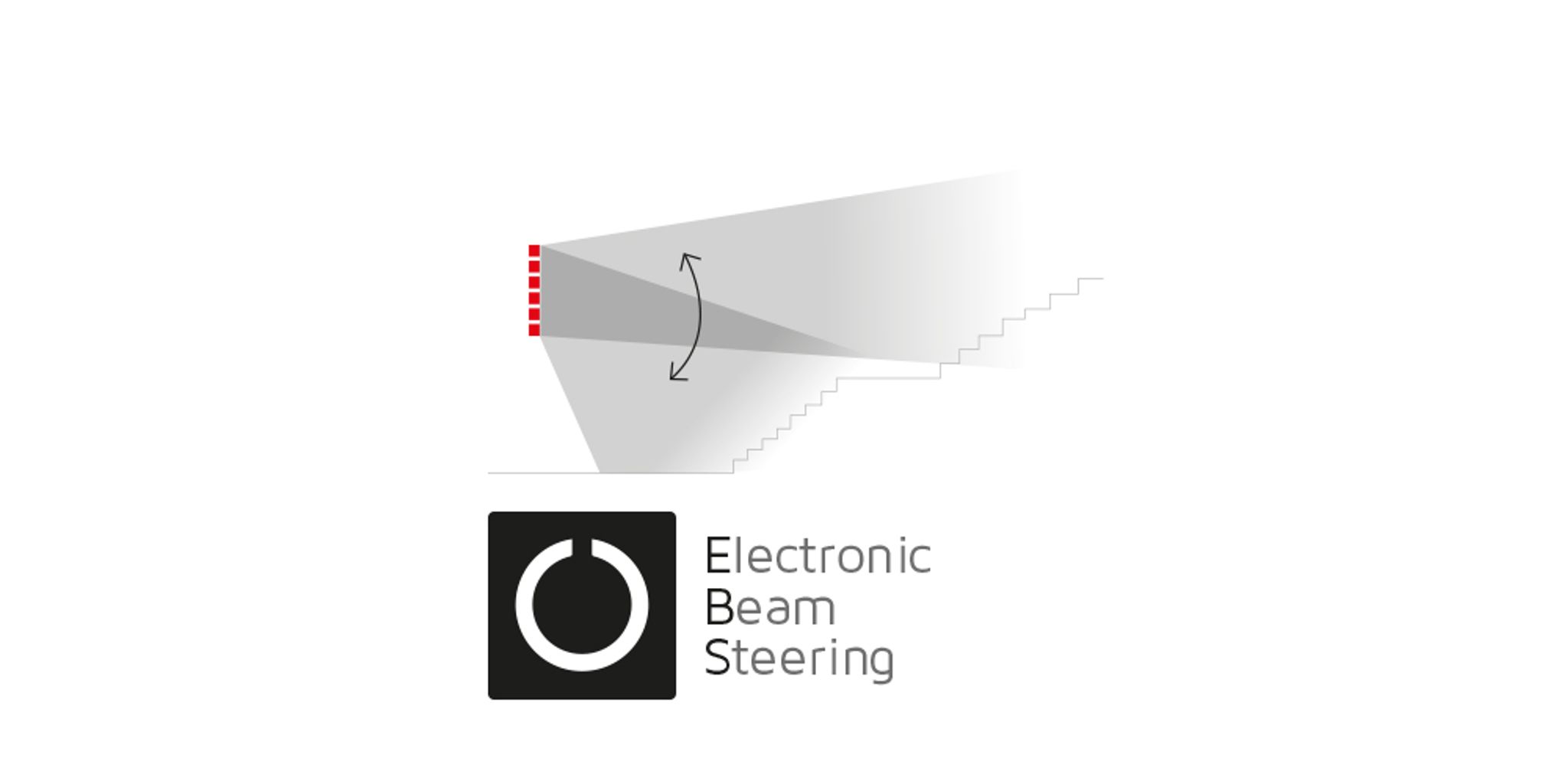
The introduction of the line array to the professional audio market in the 1990s marked a revolution for live concert applications and installations. With its high directivity on the vertical plane, a line array can focus its sound beam on the audience area, enhancing intelligibility in highly reverberant environments and enabling uniform coverage over distances much greater than those achievable with traditional sources. Due to this high directivity, the positioning of the cluster and the orientation of the individual speakers are critical. In many applications, it is necessary to adjust the angles of the array to achieve the typical “banana” profile that directs the sound beam downward towards the audience. Misalignment in the height of the cluster or the angles between units can significantly compromise sound quality in the audience area. Moreover, once installed, the dispersion characteristics of the array cannot be altered. This limitation led to the conception of digitally steering the sound beam generated by a line array.
Imagine several sound sources, all driven by the same signal. At any point within the space, the acoustic waves emitted by each source will either interfere constructively or destructively, depending on the phase differences at that point. The intensity of the interaction, whether constructive or destructive, also depends on the amplitude differences of the waves. By controlling the phase and amplitude of each source's signal, it is possible to determine where we want the waves to sum and where we want them to cancel each other out. In essence, this allows us to focus the sound energy where it is needed and exclude it from areas that do not require sound impact.

The concept of Electronic Beam Steering, though seemingly straightforward, is actually highly complex due to the infinite number of points in space where waves can interfere. Moreover, the process is frequency-dependent, requiring manipulation of each source's signal at a very high-frequency resolution for optimal results. Initially, Electronic Beam Steering was implemented by using delay to vary the phase of the acoustic waves emitted by each element of the line array. However, this approach introduces a uniform delay across all frequencies, which limits the ability to shape the sound beam independently at each frequency. This is crucial because the interaction between the acoustic waves from each array element varies significantly with frequency. To achieve optimal steering results and ensure consistent frequency response across the intended audience areas, it is necessary to finely adjust the phase and amplitude of the signal on a frequency-by-frequency basis.
This is achievable using FIR filters, as opposed to delay or traditional filters.
FIR filters, or Finite Impulse Response digital filters, are characterized by their finite-duration impulse response. They function as digital filters where both input and output signals are discrete sequences of values, or samples. Each input sample 𝑥 is multiplied by a specific coefficient 𝑏 and added to the sum of the previous 𝑀 samples, each also multiplied by its respective coefficient. Consequently, the output value 𝑦[𝑛] at time 𝑛 is the weighted average of the last 𝑀 samples entered into the filter.

The coefficients can be chosen to achieve the desired transfer function, which may represent a simple traditional filter (low pass, high pass, shelving, etc.) or something far more complex.

FIR transfer function example
APPLICATION EXAMPLES
All examples provided have been created using EASE Focus acoustic simulation software. The simulations are based on high-resolution measured data, accurately representing the actual behavior of the speakers.
EXAMPLE 1
The images below show a plan view and a sectional view of an amphitheater where an audio system consisting of two clusters of three KH5 speakers each is installed. The speakers are positioned on the stage and oriented to ensure optimal coverage of the entire audience area.
Subsequent figures demonstrate the simulation of direct SPL in one-octave bands centered at 1000 Hz and 2000 Hz.
This revision clarifies some of the language, improves the formatting for better readability, and ensures the text is succinct and to the point.

Plan view and sectional view of an amphitheater where two clusters of 3 KH5 are installed
1000 Hz


Electronic Beam Steering bypassed


Electronic Beam Steering active
Products Featuring
the Electronic Beam Steering
